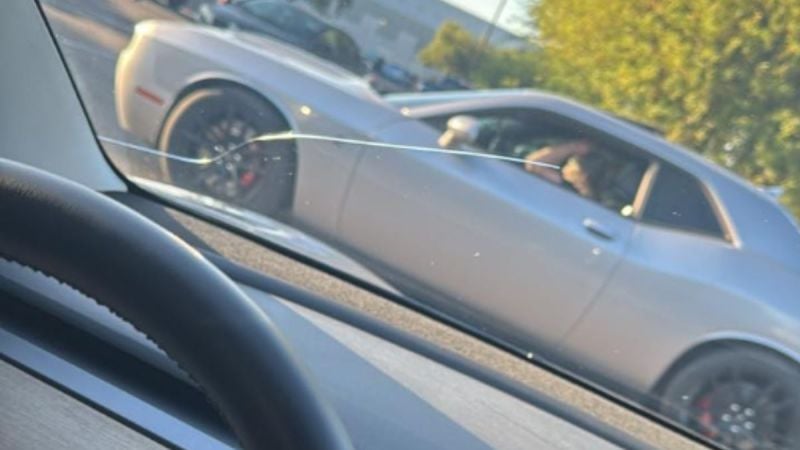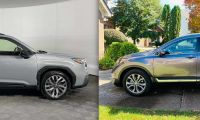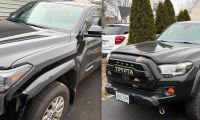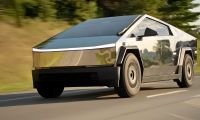This story has the kind of timing that makes you do a double take. Switching insurance in the morning and discovering a cracked windshield by the afternoon is a wild ride, and that’s what happened to Yesenia Robert. I found her post in the “Tesla Owners of Phoenix” Facebook group, and it certainly caught my eye this morning. She had just left GEICO for Tesla Insurance earlier that day when she noticed the damage and began wondering if it was even possible, or allowed, to file a claim the same day her new policy took effect.
Yesenia Robert wrote, "Switched from GEICO to Tesla insurance this morning. Are there any restrictions about submitting a claim the same day you switched?"
It’s a simple question, but one packed with complexity. Insurance is all about risk management, and there’s perhaps no worse time to file your first claim than within hours of your policy kicking in. It raises questions not just for the insurance company, but for owners too: Is it suspicious? Will your rates spike? And more importantly, is the claim even valid?
What Makes Tesla Insurance Different
To understand what could happen in Yesenia’s case, it’s important to unpack how same-day claims are treated by insurers. Most insurance policies become active the moment you bind coverage, meaning any damage that occurs after that moment should be covered, technically speaking of course. But proving exactly when the damage happened can be tricky, especially with things like windshields crack, often not having an obvious point of origin or timestamp.
Tesla Insurance is underwritten by a third-party company depending on the state, but the experience is integrated directly into the Tesla app. That convenience has drawn in thousands of Tesla owners looking for more EV-specific coverage, often with perks like premiums that factor in driving behavior. But that same system can also make things feel a bit more automated and less forgiving, especially if a situation like this one seems to fall into a murky situation where policy details, timing, and perception collide.
Tesla’s data-driven insurance model has received both praise and concern, especially from drivers frustrated by unexplained safety score changes. I highlighted that in this article about fluctuating Tesla insurance scores. The way Tesla evaluates risk can often feel like a black box for some owners.
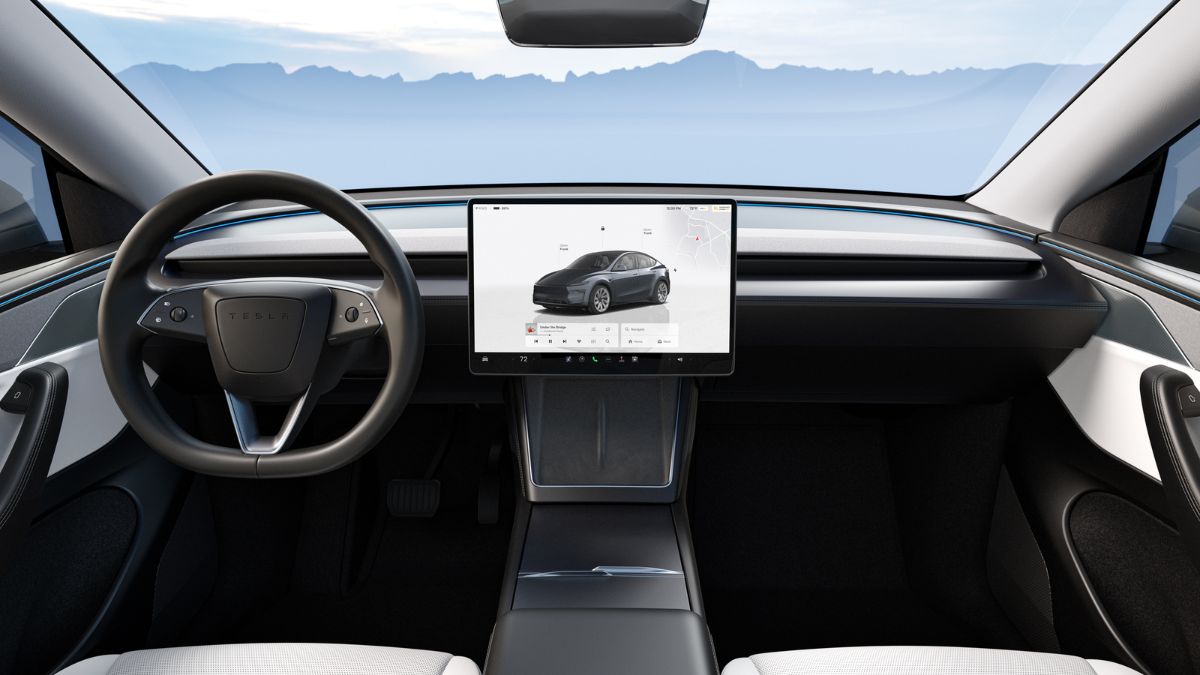
What The Community Had to Say
Several commenters weighed in on Yesenia’s post, and the responses painted a picture of both caution and realism.
Seth Lindgren offered a straightforward explanation: "As long as the loss happened when you were covered, it’s legit. If it didn’t, it’s insurance fraud. I’m sure they will question it if it’s that soon after coverage started." It’s a reminder that intent and timing are everything. Filing a claim for pre-existing damage is absolutely considered fraud. But if this truly happened after Yesenia’s policy started, then it’s fair game. The challenge is simply proving that.
Kaushik Gandhi added some reassurance by sharing a similar experience: "Surprisingly this happened to me as well with State Farm. I reported it the next day and they accepted it." Kaushik’s comment suggests that not all companies jump to conclusions, and sometimes it's more about documentation than timing. The key is transparency and having something to verify when and how the damage occurred, so this is a relief for Yesenia's case.
Then came the financial perspective. Alfredo Camarillo said, "Depending on the deductible, you’re better off paying out of pocket." And that’s a fair point. If the deductible is high, say something like $500 or even $1,000, then paying for a windshield out of pocket might cost the same or less in the long run, as it avoids the potential for a rate increase.
Chuck Finley took a more skeptical tone: "Your rates are going to skyrocket! Sounds sketchy, probably is. You better have a police report dated for the claim date. If so, then no problem. Just a rate increase." While a cracked windshield may not warrant a police report, I can see Chuck’s point about documentation. If Tesla Insurance senses any discrepancy in the timeline, it may treat the claim with suspicion, even if it’s genuine.
Why This Matters for Every Owner
That’s why moments like these highlight a frustrating truth about auto insurance: you can do everything right and still end up in a situation filled with uncertainty about what comes next. Regardless of these cases though, many owners who regretted not switching sooner is a reminder of how satisfied some drivers are after making the leap to a Tesla, especially when it comes to the overall experience and not necessarily the insurance side.
Tesla owners are no strangers to insurance complications though. With vehicles loaded with advanced glass panels, sensors, and cameras, even a minor repair like a cracked windshield can cost far more than on a traditional car. As some long-time owners have shared in this article on Teslas surpassing 200,000 miles, repairs can be infrequent but expensive when they do show up.
In other cases, issues with Tesla ownership can emerge much earlier than expected. This story about early battery degradation on a Tesla Model Y highlights how maintenance or performance concerns can catch owners off guard. This underscores the importance of understanding your coverage from day one.
What This Situation Really Comes Down To
Even something as simple as switching insurance providers has sparked discussion in the Tesla community. The learning curve around costs, coverage, and real-world reliability is part of the broader EV ownership experience, and we can tell how it shows up in unexpected ways.
That’s what makes Yesenia’s situation so relatable: it’s not just about whether the crack is covered. This personal account from a new Model 3 owner reflects that even positive transitions come with learning curves, especially with other aspects of the EV experience besides just insurance.
I think what makes this story stand out is how quickly optimism can turn into anxiety when dealing with insurance, specifically in the EV world too, where everything feels slightly less predictable. You make the switch thinking you’re set up for a smoother, more streamlined experience. but one random crack in a windshield and suddenly you're wondering if you’ll be treated fairly or flagged as suspicious. It reminds me that while we talk about the perks of Tesla’s vertically integrated ecosystem, moments like these test whether it’s really built to support owners when things go wrong and not just when everything’s going smoothly.
Moral Lessons and Takeaways
- Timing Matters a Lot: If you’re switching insurance, inspect your vehicle thoroughly before the new policy starts. It could protect you from complicated claim disputes.
- Document Everything: In questionable timing cases, a timestamped photo or even a dashcam clip can make the difference between a smooth claim and a denied one.
- Consider the Deductible Before Filing: For minor damage like windshields, paying out of pocket might cost the same as your deductible. This route, you could save the hit to your future rates.
- Know What You’re Getting With Tesla Insurance: It’s fast and convenient, but when things go sideways, you’re still at the mercy of conventional insurance processes and claim reviews.
- Filing a Claim Too Soon Isn’t Illegal, But It Might Be Scrutinized: As long as the damage occurred after the policy start time, you’re within your rights. Just be ready to prove it.
Your Turn To Share
What do you think of this whole situation? Have you had a similar case of filing a claim early?
And if you were in Yesenia’s shoes, would you file the claim? Or just eat the cost to avoid the stress and potential premium hike?
Please feel free to join the conversation and share your experience in the comments below.
Aram Krajekian is a young automotive journalist bringing a fresh perspective to his coverage of the evolving automotive landscape. Follow Aram on X and LinkedIn for daily news coverage about cars.
Image Sources: Tesla Gallery and the “Tesla Owners of Phoenix” public Facebook group.



